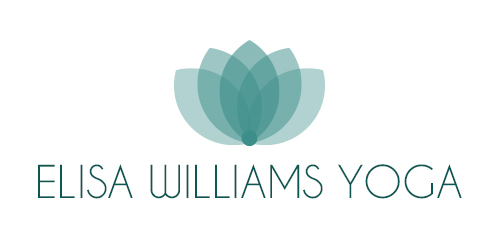Namaste represents the traditional yogi’s belief that there is a Divine spark within each of us that is located in the heart chakra. The gesture was traditionally made as an acknowledgment of the soul in one by the soul in another. It is a Sanskrit term “Nama” means bow, “as” means I, and “te” means you. Therefore, Namaste literally means “bow me you” or “I bow to you.”
Today in acknowledgement of this ancient tradition Yoga teachers often open and/or close their classes with this gesture. It does not mean that we are imposing a particular religious belief system on our students nor should it be seen as such. In reality most faiths share the idea that each of us have the potential for divinity to dwell within us whatever form we believe the ‘holy spirit’ to take.
To perform Namaste, we place the hands together at the heart charka, close the eyes, and bow the head. It can also be done by placing the hands together in front of the third eye, bowing the head, and then bringing the hands down to the heart.
The gesture is an extremely deep form of respect and while in the West the word “Namaste” is usually spoken in conjunction with the gesture, in India, it is understood that the gesture itself signifies Namaste. Hence it is unnecessary to say the word while bowing.
The traditional yogis believe that by bringing the hands together in prayer mudra at the heart chakra it increases the flow of Divine love. Bowing the head and closing the eyes helps the mind surrender to the Divine in the heart. The yoga practitioner, can do Namaste to themselves as a meditation technique to go deeper inside their heart chakra. When Namaste is done with someone else, it is also a very peaceful and meditative gesture. If it is done with deep feeling in the heart and with the mind surrendered it can be very moving and binds students and teachers to yoga’s ancient history.
While traditionally Namaste is done at the beginning and at the end of a class it is more usually performed at the end. This is because the mind of the students is less active and the energy in the room is more peaceful. The teacher can then use Namaste as a symbol of thanks and respect towards the students and their own teachers. The students can also treat this ancient universal gesture as an opportunity to connect with or acknowledge the existence in their hearts of their own individual faith or belief system or make the gesture and in their own minds and hearts acknowledge their own words for the peaceful sentiment they want to.



